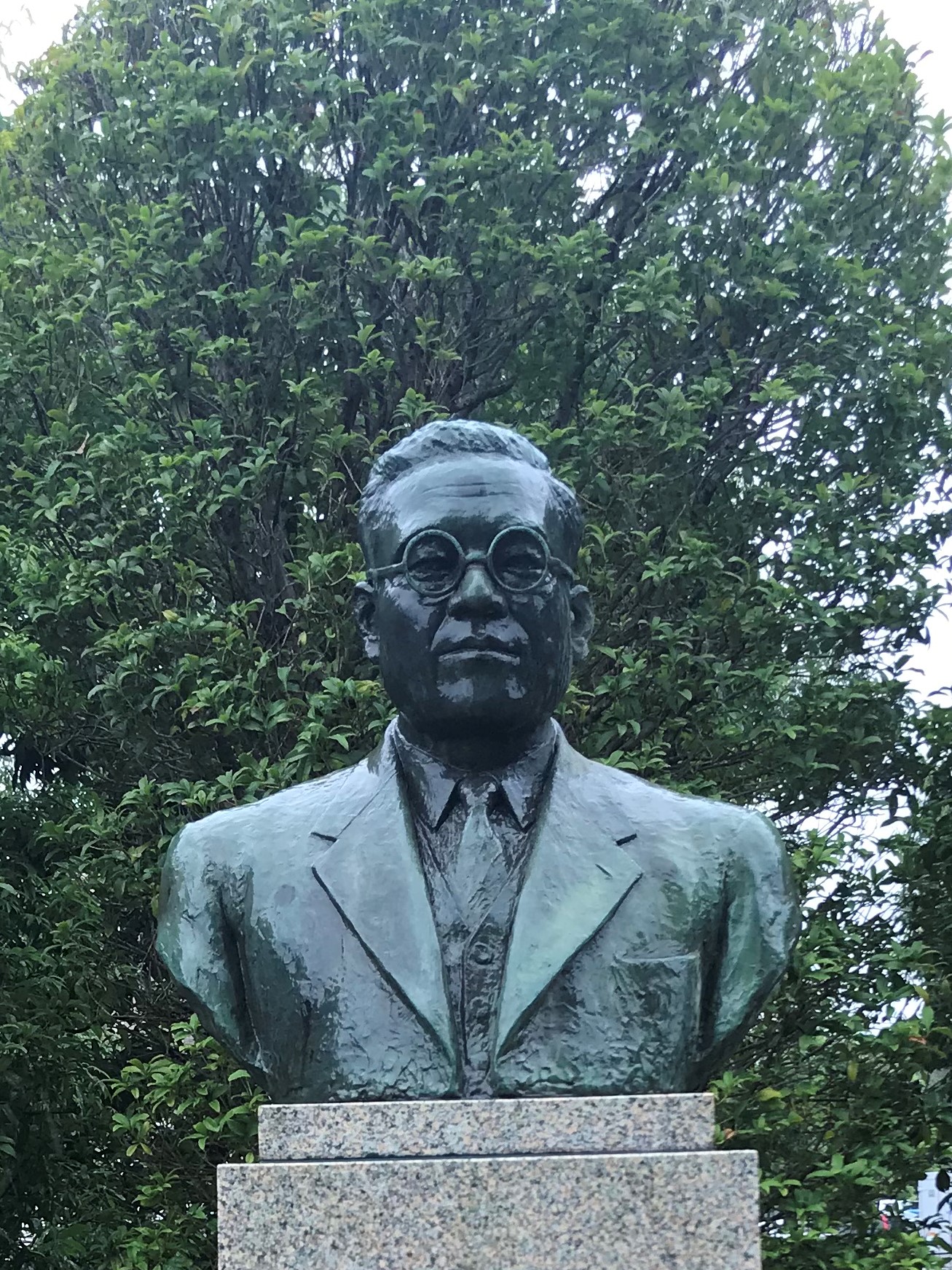The Toyota Way and Health Insurance
Business leaders have looked to Toyota on how to do things better and cheaper. After advising American auto companies on their health benefits and having colleagues who did the same for Toyota at its U.S. headquarters, it was time to experience “The Toyota Way” and apply it to health insurance. Here are the learnings:
What is the “Toyota Way”? It is the commitments that the company makes to its employees, their customers, and their suppliers. The two best known are:
- Jidoka (“automation with a human touch”). While much of production is automated, any worker can not only stop production to fix a problem but is expected to do so.
- Just-in-Time. All workers are focused on reducing the time it takes to produce a product, respond to a customer, or correct a mistake.
Just think if the American health insurance industry could commit to the same with its stakeholders.
Why the factory tour? It is the best way to see that Toyota builds everything on one manufacturing platform. The platform can be used to make any kind of car anywhere in the world. While factories may be dedicated to certain lines (e.g., Lexus), they can be changed on a dime, or one yen.
How is this relevant to health insurance? The U.S. has at least four different types of health insurance coverage: Employer, Medicaid, Medicare and Obamacare. Each has its own administration (i.e., platform) with rules and regulations that affect consumers, providers, and insurers, as well as businesses and governments.
How do customers get the car of their dreams? A customer chooses a base model, then any alterations, enhancements, and, of course, color. Toyota manufactures the car to the customer’s specifications and performs quality testing to be sure it’s perfect before it leaves the plant. (Loved the white gloves.)
What about a health plan? Americans might be required to buy a basic plan from any private insurance carrier. They could customize deductibles and coinsurance based on personal finances and buy additional features if they so choose. But all participate in one system, much like Toyota’s one platform.
Why is this better? Health care is cheaper in countries that operate one system. The U.S. spends 17 percent of GDP on health care, while Switzerland spends 12 percent. In the New York Times’s “The Astonishingly High Administrative Costs of U.S. Health Care” by Austin Frakt, it was reported that administrative costs for hospitalization are 25 percent in the U.S., but only 12 percent in Canada.
What else? In the exhibition hall, Toyota shares its plans for the future. For example:
- “Toward a society where all people can enjoy safe, smooth and limitless mobility”
- “Getting as much driving power as possible out of every drop of fuel”
These plans provide a framework for the future of health insurance in the U.S. Imagine working “Toward a society where all people are covered” and “Getting as much health as possible out of every dollar spent.” And your health plan will want to be “Rewarded with a smile by exceeding your expectations!”
Kiichiro Toyoda founded Toyota in 1937. As the story goes, he and his father, Sakichi, used the proceeds from the sale of the father’s textile and loom company to build cars for the Japanese. The company is headquartered in Toyota City, and the tour is well worth the trip.
A special thanks to the lobby staff in Toyota’s corporate headquarters who allowed the photo of Mr. Toyoda’s statue to be taken…with a smile.


